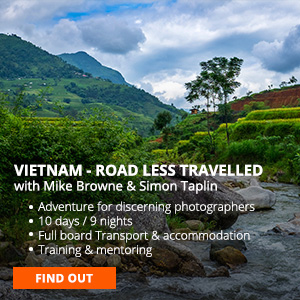How to Learn Composition
Composition is one of the most important aspects of photography (the other is appropriate light for your subject) and you can practise composition anywhere. In this video I’ll show you how in the least inspiring place I could find at the time.
Why not practise in an inspiring location? Well, chances are there’ll be some effort in going to beautiful locations for most of us so it’s easy to make excuses why we can’t go there. So instead of getting out the camera and getting stuck in, we find excuses and go watch some crap TV or something instead.
If you do have somewhere that inspires you right outside the window please, go right ahead. But you have to stop expecting amazing images for a while. As with anything you are learning it’s probably going to be difficult for a while and if you’re expecting Gold Award standard images straight away, you’re setting yourself up for disappointment. So don’t do it.
There’s nothing stopping you from learning the techniques of composition (and other aspects of photography) in the back yard, the garden, the shed, garage, front room, the office etc. OK, the images might not be inspiring but that won’t stop you practising with the so called ‘rules’ of composition like thirds, diagonals, negative space etc.
You can practise how you align elements of a composition with wheelbarrows, coffee cups, apples, books or any other object and you can do it anywhere.
And the big payoff is you won’t have to think about composition very much when you ARE somewhere amazing. You’ll already know how to put the image together because you’ve got off your backside and practised. On top of that, you’ll feel great because you will have accomplished something. So you can only win by doing it.
Don’t forget you can add other things to practise along the way too. What about experimenting with different exposures, depth of field and focal lengths too as you progress?
If you don’t know what I mean by these things you can learn all about them with my Masterclass in Photography where they are all demonstrated in a video which is complimented by 132 pages of notes, exercises and explanations.











































